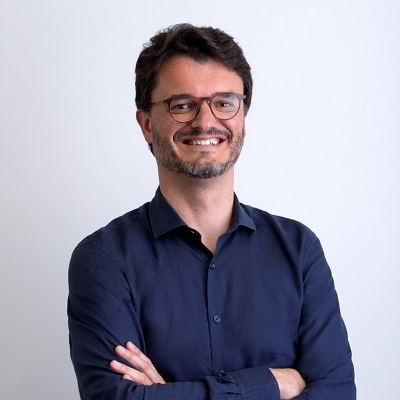
everything RF Interviewed Dr. Carles Puente, the Co-founder and Vice President Innovation, Fractus Antennas, a startup that designs, manufactures and commercializes miniature, off-the-shelf antennas for smartphones, short-range wireless and connected IoT devices. Founded as an independent antenna product business in 2015, Fractus Antennas was born out of the main Fractus operation and combines a respected R&D team with proven manufacturing capabilities and scale to bring to market a new generation of antenna products to meet the mobile and wireless connectivity needs of OEMs.
Dr. Carles Puente manages the innovation areas for the company, including R&D, Patent Strategy and Marketing. And helps in developing and promoting the new range of off-the-shelf, miniature, SMT antenna products for mobile connectivity based on their propietary Virtual Antenna Technology.
Q. Can you give us a brief history about Fractus Antennas?
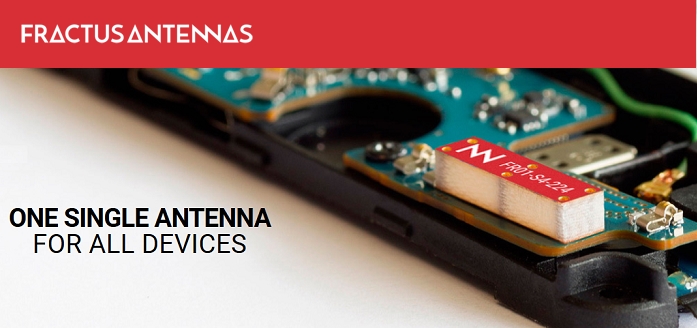
Fractus Antennas S.L. (NN) was established as an independent company in July 2015 as a spin-off of Fractus S.A., to promote Virtual AntennaTM, a revolutionary technology that enables packaging full multiband mobile antenna performance in a 5 x 5 x 5 mm3 off-the-shelf chip antenna component.
Fractus, the company that incubated Fractus Antennas, had developed in the 1990’s a mainstream, leading multiband, internal antenna technology based on fractals that became pervasive in most cellphones and smartphones since year 2000. The cutting-edge technology of Fractus, which was awarded with the European Information Technology Grand Prize (1998), the Technology Pioneer designation by the World Economic Forum (2005), and the nomination to the European Inventor Award by the European Patent Office (2014), enabled the company to establish a number of partnership and patent licensing agreements with leading players across multiple mobile and wireless industries, including Samsung, LG, Motorola, Blackberry, Sharp, Siemens, Kyocera, Ficosa among others, while focusing in pushing the limits of existing antenna technology.
As part of that intensive R&D effort, Fractus gave birth to the roots of the ‘antenna-less’, Virtual AntennaTM technology - a technology that could completely transform the whole antenna industry once again as fractal based internal antennas did when massively introduced in year 2000. In 2015 Fractus took the strategic decision to spin-off its product antenna business, together with the new Virtual AntennaTM technology, to focus entirely on its fractal based patent licensing business. This is how Fractus Antennas S.L. (NN) was created, a freshly new corporation with a different shareholder structure and an independent Board of Directors that acquired the product division of Fractus S.A., together with the entire Virtual AntennaTM technology and patent portfolio. As part of the spin-off process, the team of inventors that created Virtual AntennaTM (Dr. Jaume Anguera, Dr. Aurora Andújar, Dr. Carles Puente), moved into the new company.
Q. What are your Core Focus Areas for Product Development?
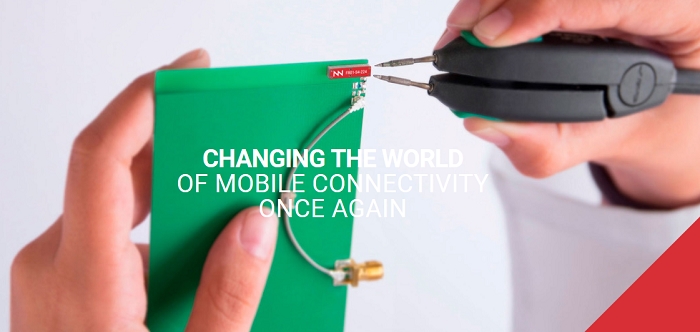
Fractus Antennas (NN) invents, designs, manufactures and sells multiband, miniature, off- the-shelf chip antenna components for mobile and IoT devices. The new generation of tiny, surface-mount (SMT) components are generically called ‘antenna boosters’ and get the commercial name mXTENDTM. Owing to its world-record minimum size and also its off-the-shelf nature and multiband performance, those tiny boosters can be reused in multiple mobile and wireless devices, regardless of their frequency bands and form factor: “One Antenna. Any Band. Any Device” is one of the NN’s claims. This effectively removes the need of customizing the antenna component to every mobile/wireless device model (as former fractal based technology did) while enabling standardized reference designs to include and fix the antenna component.
Q. Can you tell us more about the Virtual Antenna Technology? What are its advantages over existing antenna technology or custom antenna solutions?
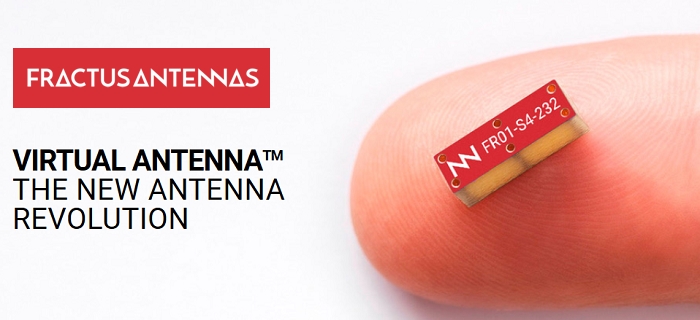
Virtual AntennaTM is the commercial name of the new “antenna-less” technology that gave birth to the entire range of tiny antenna booster products (mXTENDTM). An antenna booster comes in a ‘chip antenna’ package that is ready to be surface-mounted on the main PCB of any mobile/wireless device. Because these chip antenna components are about 10 times smaller than a conventional customized PIFA antenna, they fit about any wireless/mobile device and platform. No longer the need for redesigning the mobile/wireless antenna for every device. This significantly reduces time-to-market, making the whole design and manufacturing process faster, cheaper and easier.
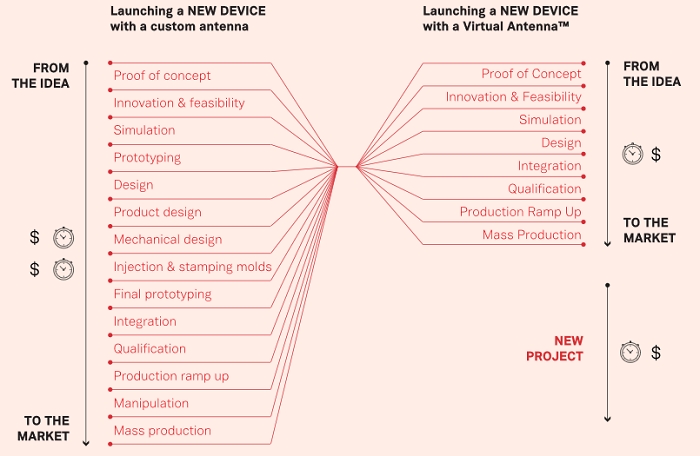
Q. You recently launched the TRIO mXTENDTM Chip Antenna for 5G Applications - Can you tell us more about this product?
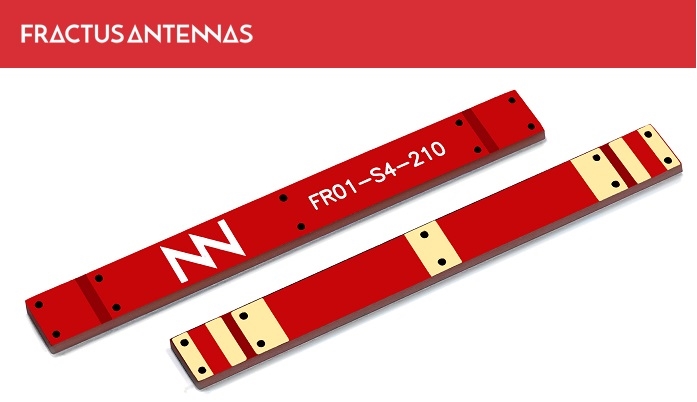
The TRIO mXTENDTM is a chip antenna product that has been optimized for the best performance in the entire mobile frequency range, including 5G (698 MHz up to 3800 MHz). Featuring 3 ports and embedding 3 boosters, the TRIO mXTENDTM features a minimum footprint of 30 x 3 mm, formerly unavailable in this class of top performing products, while featuring an ultra-thin 1 mm profile that fits inside most slim devices such as smartphones, tablets, e-books and the gaming ones.
Owing to its flexible and modular nature, the new TRIO mXTENDTM can be seamlessly adapted and integrated in a variety of mobile and IoT platforms, ranging from modules and smartphone reference designs, to a variety of smart meters, domotic sensors and wearable devices, regardless of its frequency band and form factor.
Q. 5G Technology is expected to use mm-Wave Frequency bands like the 28 GHz and 38 GHz Bands (in addition to Sub-6 GHz bands). Will Fractus Antennas Develop Antennas for these higher frequency bands?
Fractus Antennas had decided to prioritize Sub-6 GHz frequency bands. Those bands feature a longer wavelength and therefore a broader coverage and longer reach, so they will become first in the deployment of the whole new set of 5G applications and devices, particularly in IoT. The longer wavelength that on one hand provides the broader coverage is what on the other hand makes antenna miniaturization challenging. And this is where Fractus Antennas’ Virtual AntennaTM technology becomes most differential, featuring an unprecedented size reduction of about x10 compared to traditional internal antenna technology.
As a leading company in antenna miniaturization technology, Fractus Antennas will keep developing technologies, products and solutions for 5G and beyond, including the 28 GHz and 38 GHz frequency bands whenever de market demands an x10 size reduction capability.
Q. IoT is another area where the Fractus Virtual Antenna Technology can play an important role – Are you developing antennas for IoT? What are the unique requirements for IoT antennas? What are some challenges involved when developing antennas for IoT?
IoT is exploding with a myriad of new applications and devices that never went wireless before. This opens the door to many opportunities to new and existing companies that are entering in the mobile and wireless market. Those companies demand a ready-to-use, flexible, versatile, small antenna component that fits any of its products and is ready for any IoT band. And this is exactly what NN and its Virtual AntennaTM technology offers: tiny, off-the-shelf, multiband chip antenna components that makes the whole process of going wireless faster, cheaper and easier.
In fact IoT has been the first area where NN has been commercially developing its products. For instance, hundreds of thousands of vehicles world-wide are already being automatically tracked through fleet management modules embedding multiband and multipurpose antennas by NN. That includes not only Mobile frequency bands but also GPS/GNSS, Bluetooth and Wi-Fi. Other IoT applications that include NN products are smart-metering, smart city and domotic sensors and alarms, and wearable and medical applications.
Q. What market segments are you currently targeting?

Since our range of modular and versatile products covers about any band and any device form factor, the company is targeting both the mobile and IoT markets.
In IoT, the market segments where our products are experiencing a faster sales growth is fleet management (with antenna covering 3G/4G/5G mobile bands but also GPS, Bluetooth and Wi-Fi) and smart metering. Still, our products are being used in the design of a number of sensor applications for smart cities, domotics and medical applications.
Our new generation of mXTENDTM products is also ready for being deployed in smartphones, tablets and generally mobile platforms where speed of design, cost and standardization is a must.
Q. Who are some of your customers? What is the geographical breakup of customers for Fractus Antennas?
Over the past years, our team has been supplying over 50 million antennas to more than 1.500 wireless OEM and ODM worldwide. This is done through our worldwide distribution partner, Richardson RFPD, together with a number of local distributors in China (including One Best Group, Regent, Wa Ching) and India (SM Electronics). Beyond our customer based in the US and Europe, NN is focusing now in developing the markets Asia by establishing sales managers in China/Taiwan and India.
Q. Do you work with on custom antenna requirements? If yes, what percentage breakup of business between standard and custom?
Fractus Antennas’ Virtual AntennaTM technology has been created to make antenna customization unnecessary. The miniature size of NN’s off-the-shelf chip antenna components enables them to fit about any device form factor and provide coverage to about any mobile/wireless standard. The only customization needed is the matching network, which can be designed and embedded in the PCB as any other chip component. By removing the customization of the design process, NN technology and product enables the new generation of mobile/IoT devices to be developed faster while benefiting from economies of scales.